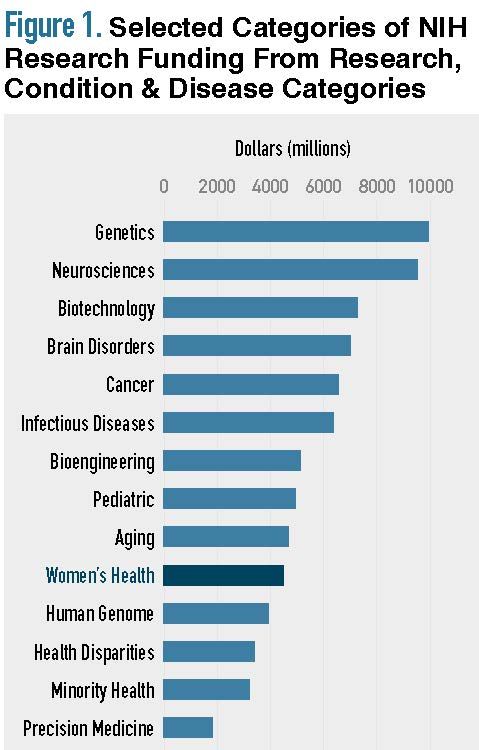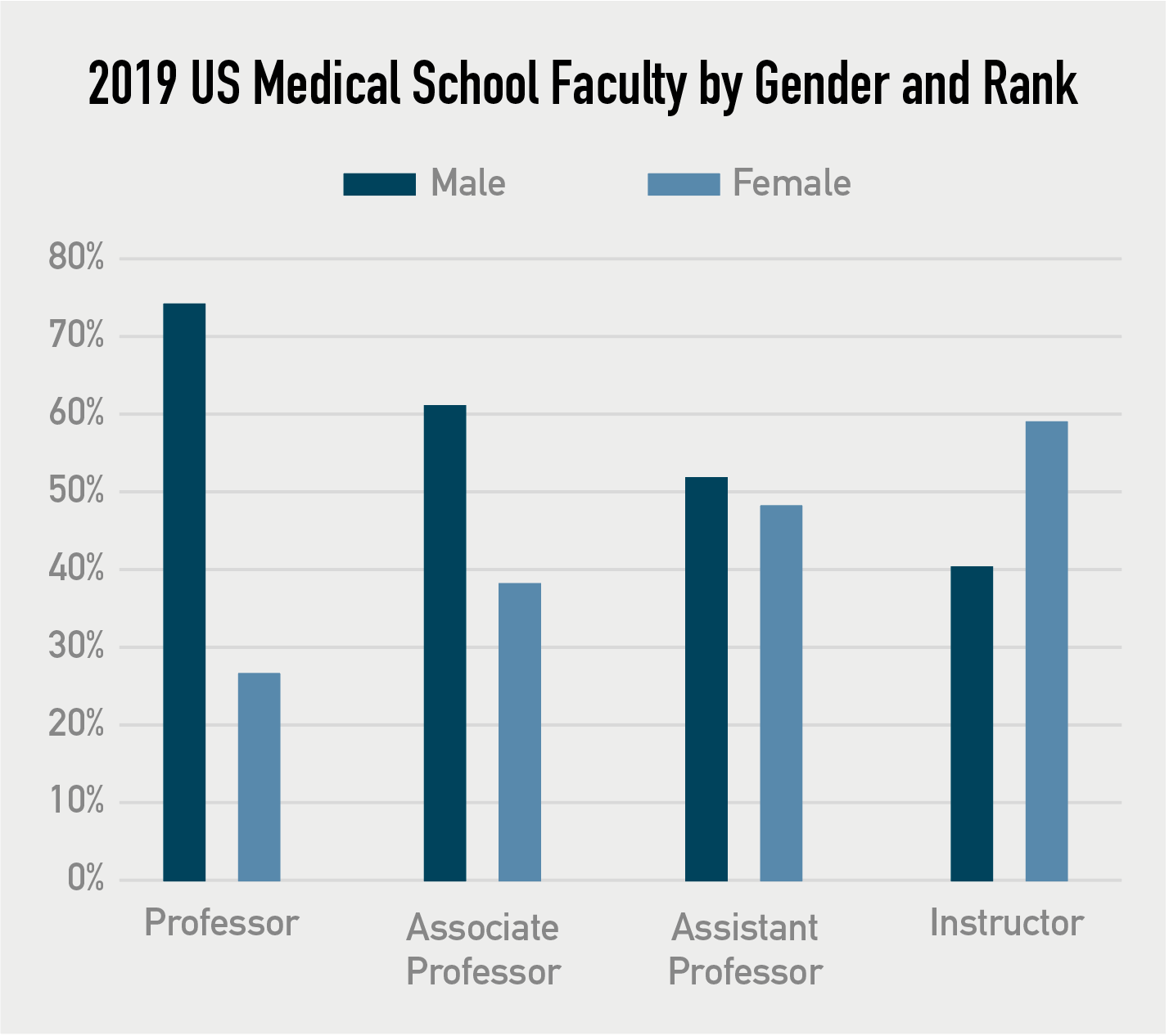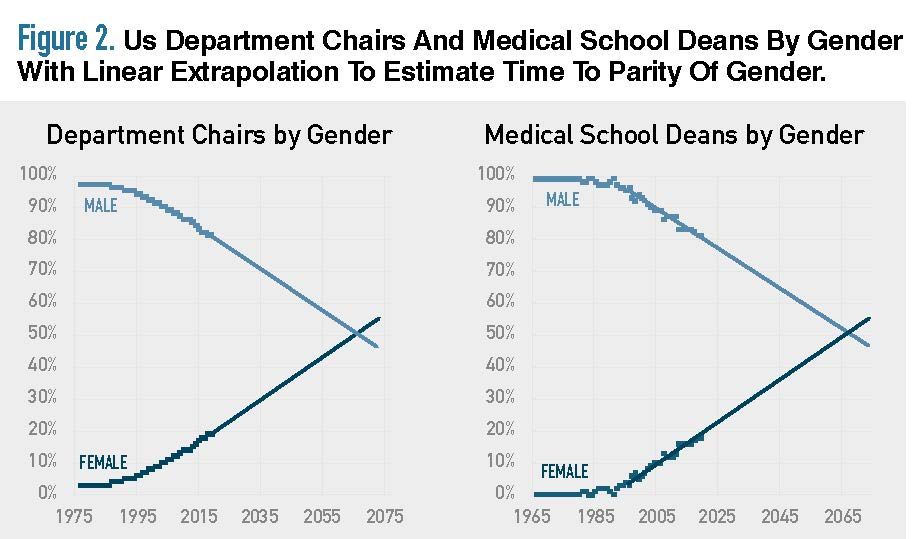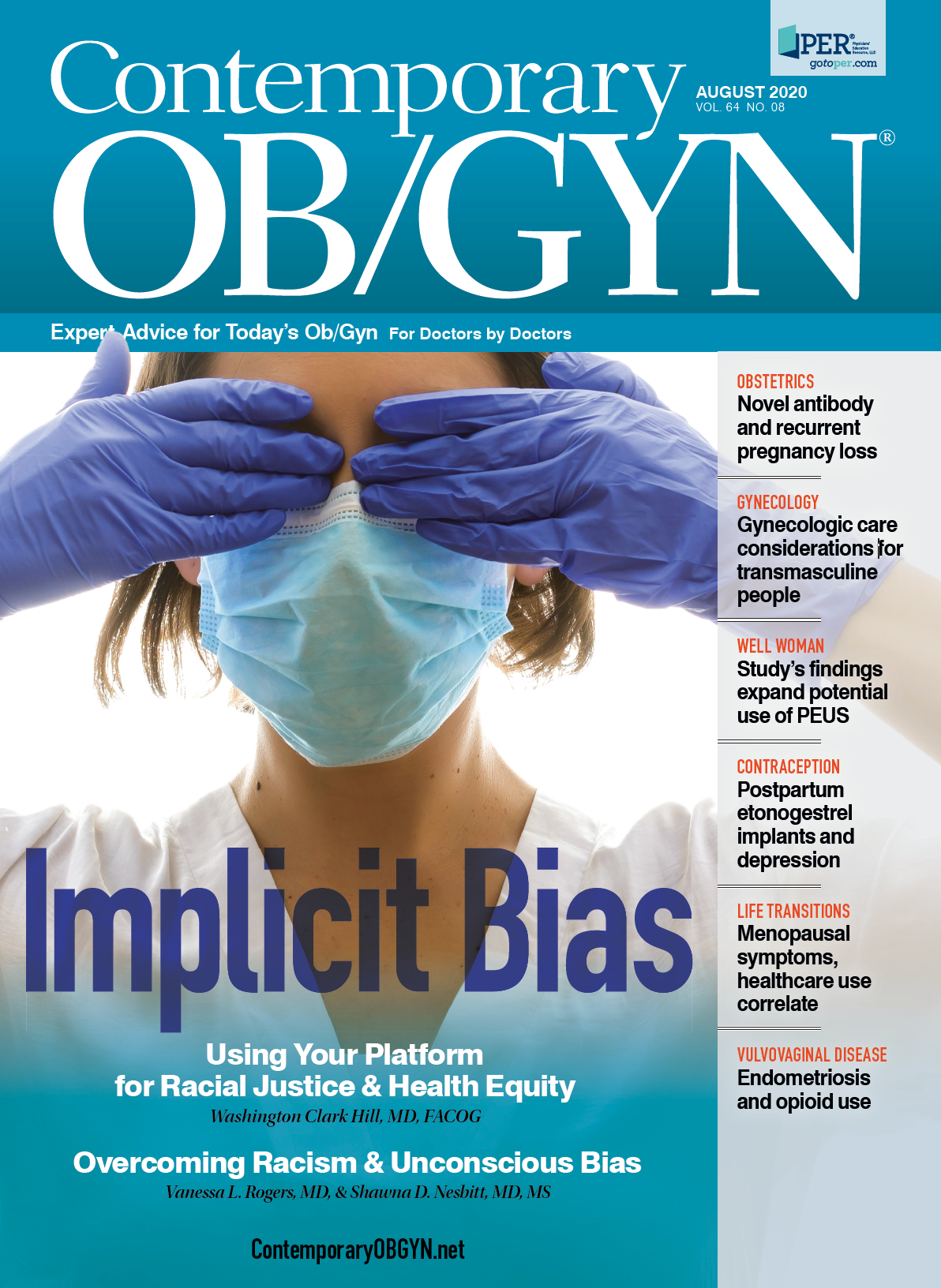Addressing inequalities in women's health research
In this month's issue, Contemporary OB/GYN Editor-in-Chief Dr. Catherine Y. Spong talks about the ways in which women's health research has and continues to be marginalized. Addressing these inequalities, Dr. Spong says, demands a change of culture led by committed and accountable leadership.
Women’s health research continues to be marginalized. To address and reverse this trend requires committed, accountable leadership, inclusion of diversity of thought and critical social science issues, in addition to the more well-funded basic traditional and clinical research.
There are several areas that contribute to this marginalization, first, with respect to pregnant women. Optimizing pregnancy outcome would significantly improve world health, as babies, if born early – and often thus small – have higher risks of heart disease, diabetes, and asthma.
Therefore, a baby born without complications, at the right time and weight, has the potential for a healthier life. Similarly, optimizing a woman’s health – both for a healthier pregnancy and outcome and for her long-erm health – also has the potential to improve world health. A woman’s health is known to impact her family, including both younger and older generations, thus strategies to address women’s health are essential.
Funding for women’s health research is limited. The National Institutes of Health (NIH) categorizes research funding to provide consistent and transparent information on the categories of disease, conditions, and research areas.
The categorization uses sophisticated text data mining based on scientific experts to define a research category. Incredibly, 2019 was the first year that federal funding for women’s health research was classified based on scientific relevance, rather than based on the percentage of female subjects included in the studies.1
The rationale for using the percentage of females enrolled in a study to count as “women’s health research” is unclear, and unfounded, as women certainly are enrolled in studies that are not focused on women’s health.In 2019, the NIH funded $4,749M in women’s health research, with the largest percent (26%) by the National Cancer Institute (Figure 1).
Selected categories to give context about funding for Women’s Health.

As examples, the genetics, neurosciences, biotechnology, brain disorders, pediatrics, and aging research categories all had more NIH funding in 2019 than women’s health.
Although COVID-19 has impacted research across the board, its negative impact on women’s research cannot be underestimated.
To prevent transmission of the virus, all non-essential visits and encounters have been appropriately stopped, thus all ongoing clinical research has effectively ceased aside from that impacting clinical care. As I mentioned in my editorial in April, when there were only 51 studies2 - and now substantiated in 588 studies3 - pregnant and breastfeeding women are yet again excluded from research, notably from participating in COVID-19 clinical trials during this pandemic.
This is a major missed opportunity as results with therapies studied in men and nonpregnant women may not be generalizable. Furthermore, therapies are potentially not being offered to women, or if they are offered, are not being systematically studied in this population to provide needed data with which to guide therapy.
The impact of COVID-19 on women’s health research highlights the long-standing inequities in including this population in research. Only in the last few decades were women required to be included in clinical research.
Only in 1993, with the passage of the National Institutes of Health Revitalization Act, were women mandated to be included in NIH-funded research.
Yet even with this mandate, subsets of women remain excluded.
Despite mandated inclusion of women in research, women’s health research remains marginalized, as are women researchers and physician-scientists. Although data suggest that women submitting NIH research project grant (RO1) applications for the first time have the same grant success rate as men4, they are half as likely to apply for those grants5, despite the fact that just as many women as men are receiving advanced degrees.
A natural history experiment using the investigator-initiated Canadian Institutes of Health Research Grant Programmes demonstrated that gender gaps in funding were due to female principal investigators being evaluated less favorably than male principal investigators - and not related to the quality of their research proposals.6
This marginalization of women researchers is rampant. As reported in numerous studies, women are less likely to be promoted, achieve tenure, or be selected for leadership roles (Supplemental figure).
Figure: US Medical School Faculty by Gender and Rank (2019) from AAMC (https://www.aamc.org/system/files/2020-01/2019Table9.pdf)

Similarly, women with equal stature are less likely to be selected to participate in “think tanks” than men. As an example, a recent article outlining a research strategy for women’s health with 17 authors included only 4 (24%) women.7
Furthermore, of the nine physician authors, only one is an ob/gyn and four are pediatricians. The themes from the “think tank” neglect critical areas of research, focusing on traditional sciences and emphasize genetics, overlooking the role of racial disparities and health inequities.
As noted by the 2018 NIH Gender Inequality Task Force Report, “Sustainable change in representation of women, and of all individuals from underrepresented groups, requires committed, accountable leadership along with effective tools to accomplish this important goal.”8 It is troubling that gender diversity in leadership positions is lacking nationally.
Using 2019 data, only 19% of department chairs (both interim and permanent) are held by women. Extrapolating the trend lines suggests another 50 years are needed to attain parity of department chairs and medical school deans by gender (Figure 2).
Data from AAMC: https://www.aamc.org/data-reports/faculty-institutions/interactive-data/us-medicalschool- department-chairs-chair-type-and-sex and https://www.aamc.org/data-reports/facultyinstitutions/ interactive-data/us-medical-school-deans-dean-type-and-sex

This diversity is not due to a lack of qualified women, as since 2002, women have earned the majority of all doctorates9 and in 2019, women comprise the majority of enrolled US medical students.10
Underrepresentation creates a culture that perpetuates inequalities. For our patients, for ourselves, for our families, we must correct this course. This is not easy, and will require a change of culture led by a committed, accountable, proactive leadership.
Equally important will be the inclusion of diversity and broadening of the research agenda to include critical social science issues, health disparities, and social determinants of health.
One ray of hope to address these pressing issues is the formation of the Womxn’s Health Collaborative, a group determined to identify and initiate actionable steps.
If you are interested in participating, I encourage you to contact Dr. Michal Elovitz at womxnshealth@gmail.com.
__

Dr. Spong, editor in chief, is Professor and Vice Chair in the Department of Obstetrics and Gynecology and Chief of the Division of Maternal-Fetal Medicine at UT Southwestern Medical Center in Dallas. She holds the Gillette Professorship of Obstetrics and Gynecology.
__
References
- https://report.nih.gov/categorical_spending.aspx Footnote 8
- https://www.contemporaryobgyn.net/view/heralding-new-era-timely-topics-and-guidance
- Constantine MM et al. Obstetrics & Gynecology: 2020;136:26-28
- Pohlhaus JR et al. Acad Med. 2011; 86(6):759-67.
- https://report.nih.gov/nihdatabook/report/132?showm=Y&chartId=176&catId=
- Witteman HO et al. Lancet 2019; 393:10171:531-540
- Sadovsky Y et al. AJOG 2020. PMID: 32565236
- https://diversity.nih.gov/sites/coswd/files/images/2018-05/Gender%20Inequality%20Task%20Force%20final%20AD%20may%2030%202018.pdf
- https://ncses.nsf.gov/pubs/nsf20301/report/u-s-doctorate-awards#sex
- https://www.aamc.org/news-insights/press-releases/majority-us-medical-students-are-women-new-data-show

Hormone therapy safety: Study finds potential benefits for senior women
April 24th 2024A recent large-scale study challenged age-related concerns, suggesting hormone therapy may offer safety and even benefits for menopausal women aged over 65 years, aligning with The Menopause Society's 2022 Position Statement.
Read More
Hyperoxygenation use not linked to neonatal outcomes
April 23rd 2024Recent research evaluated the impact of maternal hyperoxygenation on neonatal Apgar scores, revealing no significant enhancement in outcomes among women with pathologic fetal heart rate tracing and suggesting limited efficacy of hyperoxygenation therapy in this context.
Read More
Study finds antihypertensive treatment reduces uterine fibroids risk
April 23rd 2024A recent study revealed that patients with untreated or new-onset hypertension face elevated chances of uterine fibroid diagnosis, underscoring the potential of antihypertensive therapy in mitigating this risk among midlife individuals.
Read More
